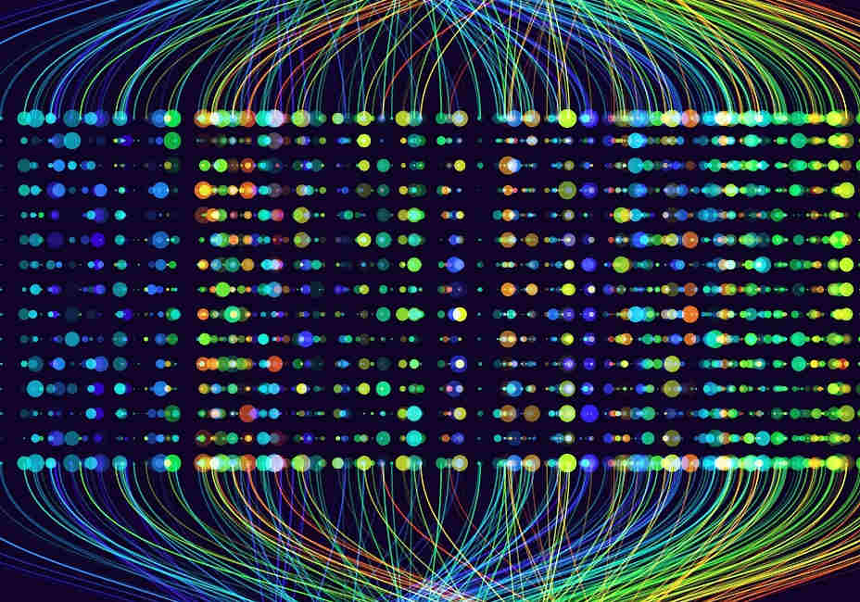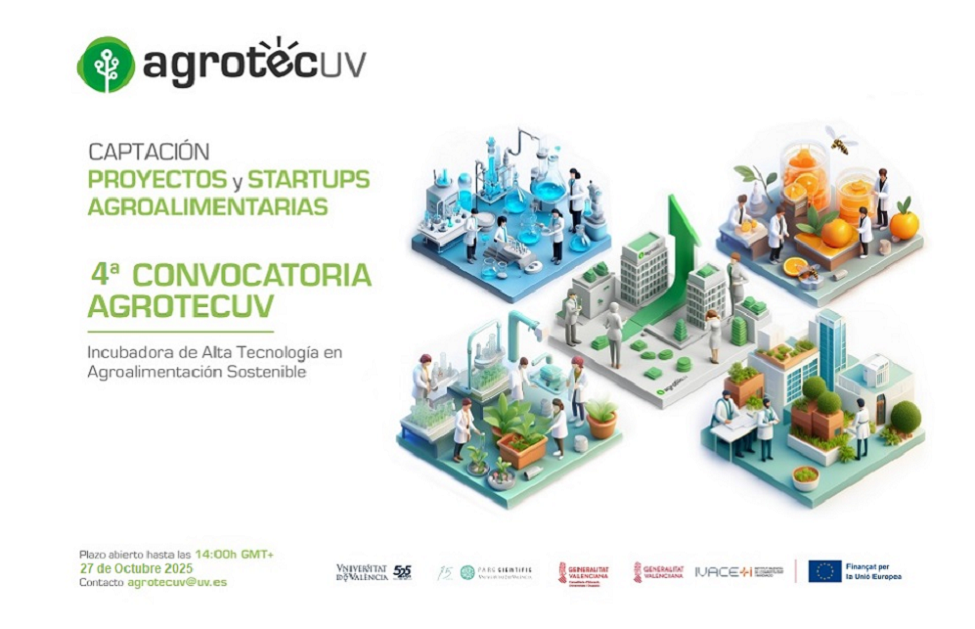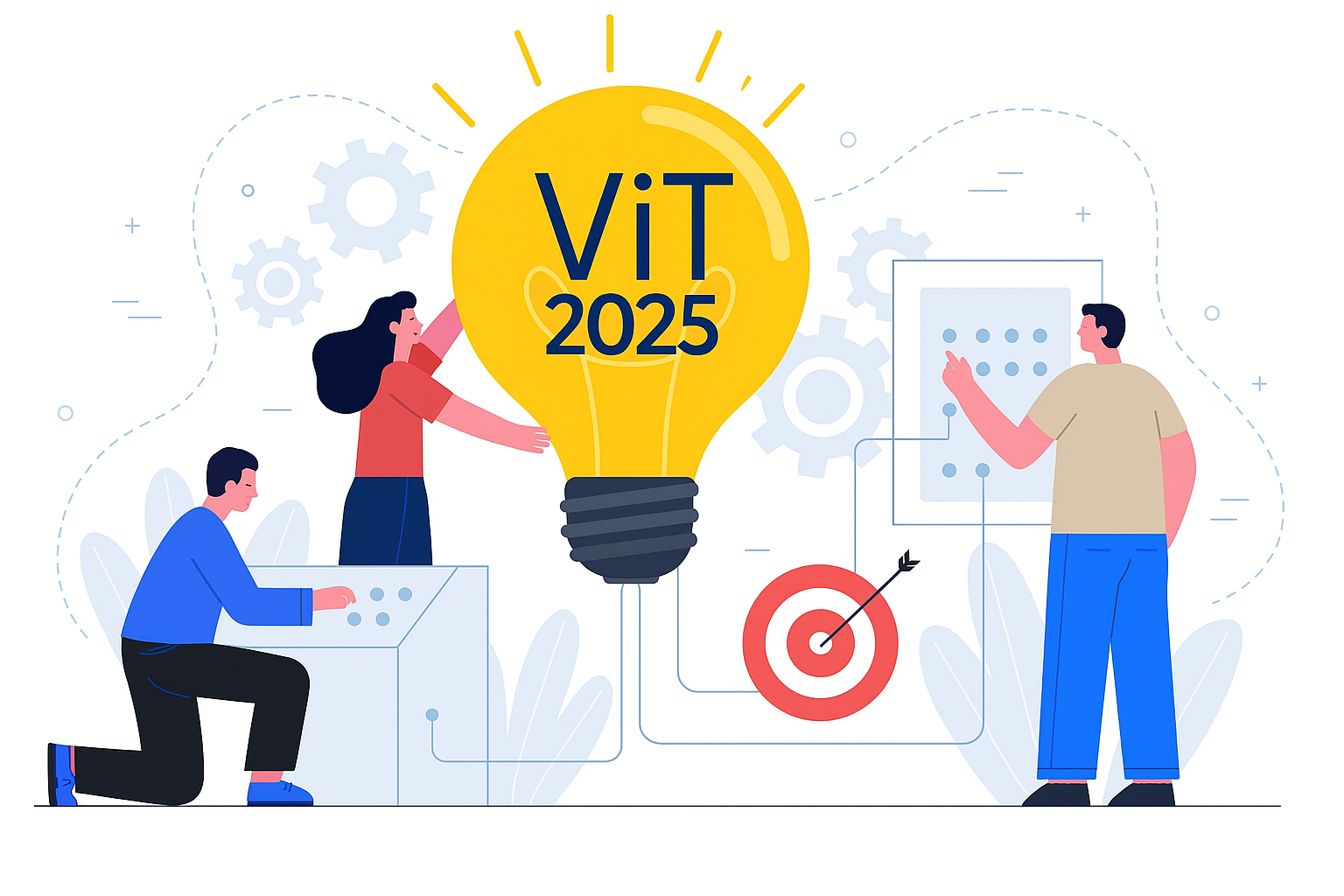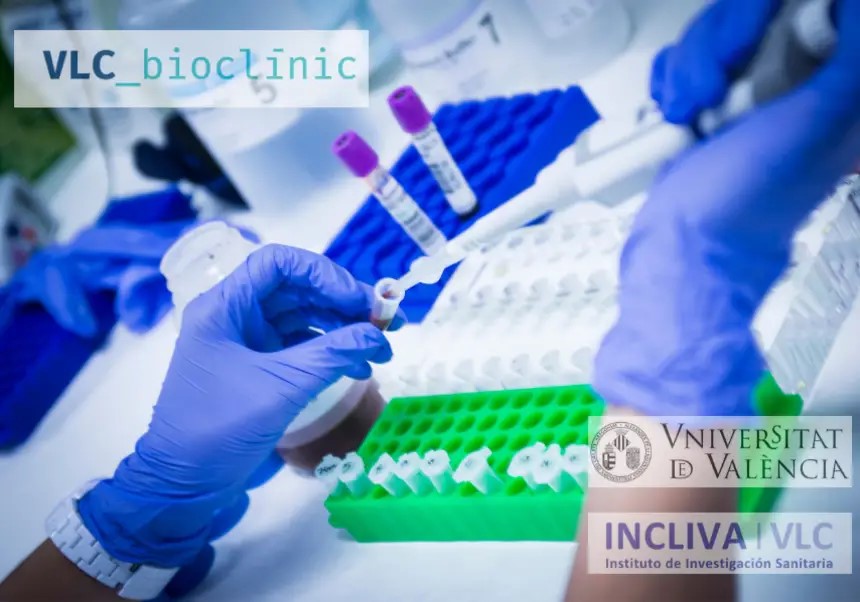In the context of article 60 contracts (and in general, all contracts or agreements where some activity susceptible to appropriation of rights is to be developed), it is important to consider certain aspects.
Prior knowledge is defined as any result or knowledge owned by the UV and acquired by university staff prior to the project. This may include pre-existing specific results (such as know-how, patents, software, utility models, etc.) that are necessary for the development of the work or the exploitation of the results, or proven experience, which consists of the capacities developed by the research group and which allow the project tasks to be carried out.
It is crucial to be transparent about the purpose of the contract and the existing prior knowledge that will be used in the project. The contract must clearly outline the knowledge and state that it is to be transferred solely for the development of the work and not for its exploitation. If the knowledge is to be used for the exploitation of results and if they meet the requirements for transfer, the contract must provide for the possibility of licensing in exchange for a financial consideration or be negotiated subsequently.
Project results are those that are identified as such in the reports or deliverables provided to the contracting party.
Intellectual and industrial property
– If the results are subject to intellectual property rights, the nature of the work and the participants involved must be clarified during contract negotiations in order to determine the ownership of the work. The intellectual property rights transferred to a third party in a contract are the exploitation rights. The moral rights belong to the author(s) who created the work.
– In accordance with article 21 of Law 24/2015 of 24 July on Patents, the UV will be the holder of the rights for inventions made by research staff in the exercise of their duties, regardless of the nature of the legal relationships by which they are linked to them. Article 60 contracts are an exception to this rule, so they must state to whom the ownership of the results belongs. Regardless of who owns the results, the inventors who have obtained them will be listed as such in the patents or utility models.
Which party owns the results?
The contract must clearly state which party owns the results or whether ownership is shared, as well as the conditions for exploitation. It must also specify who is responsible for carrying out protection measures, as well as the procedure for enforcing protection.
Article 145 of the UV Statutes states that ownership of the results belongs to the UV, unless it is a consequence of the participation in contracts, agreements, programmes or research plans that establish a different destination for the results obtained. Consequently, there may be several possibilities for article 60 contracts. These include the ownership and/or exploitation rights belonging to the company, to the UV, or to both parties jointly, depending on their contributions.
In general, the following considerations must be taken into account for R+D contracts:
1. If the contracting entity fully funds the research at market price plus a profit to be determined, it is reasonable for the contracting entity to own the ownership and exploitation rights.
2. In the event that the contracting party provides funding that does not cover the full cost of the project, or if the project is based on knowledge or technology previously held by the UV, the UV may retain ownership of all or part of the results and grant the contracting entity a licence to use them on terms that compensate it for its contribution to the project. An additional economic consideration for the UV may also be negotiated in exchange for the property of the results.
3. In collaborative research projects, it is preferred that the rights to the results belong to the party that generates them. If shared ownership is unavoidable, the proportions of ownership corresponding to each party must be agreed through a contract for co-ownership and exploitation of the results. The usual practice is to grant the other party the possibility of exploiting the part of the technology or knowledge owned by the UV in exchange for a consideration.
4. In the event that a contract financed by the contracting entity seeks to optimise a technology protected by the UV, the results and ownership of the property rights resulting from the contract should belong to the UV. The contracting entity, on the basis of the resources provided, could acquire a preferential licensing option on them.
5. In the case of study or consultancy contracts, reports that are subject to intellectual property rights are usually delivered. These reports are owned by the contracting entity and do not involve any kind of transfer or licensing of R+D capacities or results of the UV’s research group.
6. In the case of training contracts, the scientific-technical information used is the property of the teaching and research staff who have produced the teaching material.
7. In the case of projects with public subsidies, the following applies:
– If the subsidy is received by the contracting entity and the UV is subcontracted, the ownership of results must be negotiated as a normal article 60 contract, in accordance with the above considerations.
– If the subsidy is received by the UV, the results belong to the UV and the other party may have access to them against payment of fair compensation or licences.
– In the case of collaborative projects, please refer to point 3.
8. In any case, if the contracting entity that owns or co-owns the results is not interested in any of them, the contract must include the possibility for the UV to obtain authorisation to protect them in its name and transfer or licence them to whoever may be interested.
9. When the execution of a project generates results that may be protectable and/or exploitable, the teaching and research staff responsible must inform the Contracted R+D+I Section as soon as possible.
Please note that, in order to avoid unfair competition and to comply with EU regulations (Community framework for state aid for research and development and innovation, C323/12), the UV must provide its service at market prices or at a price that fully reflects its costs, plus a reasonable margin. This is necessary for the rights to the results and their exploitation to belong to the contracting entity.
Exploitation rights and royalty regulation
1. The UV will always retain a non-exclusive, non-transferable, royalty-free licence to use the results for research and teaching purposes.
2. It is important to differentiate between the use of prior knowledge or results generated during the development of the project and their exploitation. Generally, prior knowledge and results are transferred between the parties free of charge in order to develop the project.
3. Should the prior knowledge be necessary for the exploitation of the results, the UV may grant the contracting party a non-exclusive, non-transferable licence in exchange for a financial consideration. It is important to ascertain whether this knowledge is available for licensing, as patents licensed exclusively to another contracting entity may not be licensed.
4. In the event that the contracting entity owns the results but has not contributed to the project in a way that is commensurate with the cost of the project plus a reasonable profit margin, it should pay the appropriate royalties to the UV.
5. If the UV owns the project results in full or in part, or in the event of co-ownership, the contracting entity may be granted preference in obtaining a licence to exploit the results owned by the UV through an exploitation licence contract. These conditions are sometimes included in the contract provisions.
6. The remuneration to the UV for exploitation rights is typically in the form of a percentage of profits, a fixed amount (which can be initial or periodic) or a mixed system.
Licensing or cession of results
If the result is owned by the UV in full or in part, the UV may enter into an agreement with the contracting entity to cede or license the exploitation rights of the results in favour of the latter.
– This cession involves a transfer of ownership of the result (the owner of the result “sells” it to the other party, who “buys” it). As a result, the ownership of the rights passes from the transferor to the transferee and results in a permanent transfer of rights. In general, the UV does not cede the rights to its results.
– A licence is an authorisation in which the owner of the result (licensor), through a contract, authorises another party to exercise exploitation rights (licensee). The ownership of the rights does not change and still pertains to the licensor, as the licence implies a temporary transference of certain rights.
Licences may be exclusive or non-exclusive. It is important to identify the time and geographical scope where the licensee may exploit the results and the use that may be made of them. In addition, the licensee may limit the scope of use of the licensed rights, as well as the products and services for which the licence has been granted.














